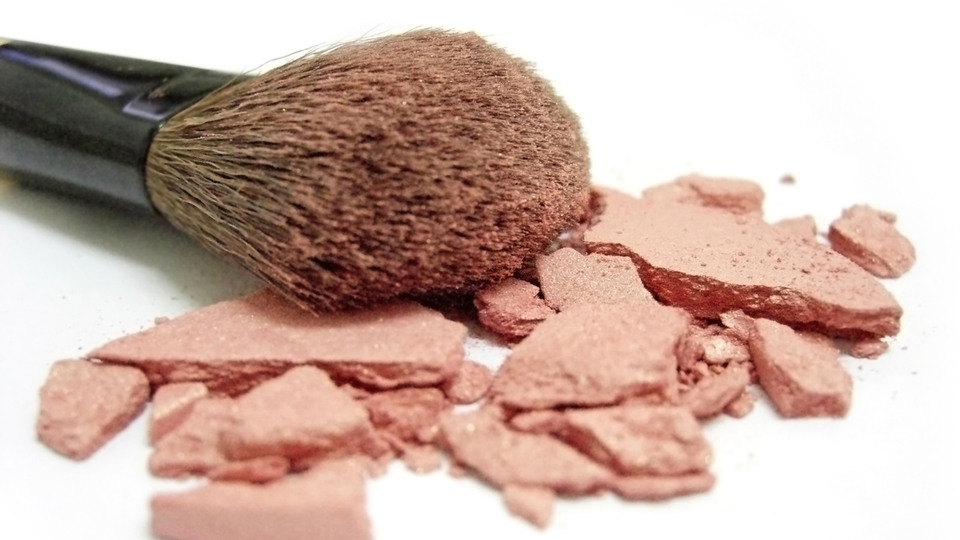
New report on PFAS substances in cosmetics
On behalf of the Swedish Chemicals Agency, IVL and Stockholm University have investigated the presence of highly fluorinated substances, so-called PFAS, in cosmetic products. About 40 products have been analysed and the researchers have also calculated the volume of emissions to the environment.
PFAS is a group of chemicals that do not breakdown easily and that have negative effects on the environment and humans. However, they are still commonly found in a variety of commonplace products such as fire foam, clothing, food packaging, frying pans, paint, and beauty products. In total, there are almost 5,000 different variants of PFAS, but only a small proportion are currently subject to regulations.
The study investigates PFAS in makeup and other cosmetic products such as skin and hair care products and toiletries. To get an overview of the proportion of products in different categories that contain PFAS, the researchers have examined a wide range of product databases.
– Even though only a small proportion of cosmetic products contain PFAS, the use of these is still problematic because they contribute to the aggregate of PFAS emissions to the environment, and it is vital that this should be reduced as much as possible, says Jenny Ivarsson, strategic advisor at the Swedish Chemicals Agency.
About 40 products sold on the Swedish market containing PFAS have been analysed in detail. The highest levels of PFAS were measured in a scrub cream and a face mask, followed by a face powder. The levels were in the same order of magnitude as those measured in previous studies. However, two base creams exceeded EU limit values for perfluorooctanoic acid (PFOA) and PFOA-related substances.
– It is noteworthy that some products exceed EU limit values. In addition, we saw that three of the ten most common PFASs in cosmetic products were already targeted by regulations and are prohibited worldwide by the Stockholm Convention. We will review the state of market going forward, as several brands have pledged to stop using PFAS in cosmetic products, says Kerstin Pütz, researcher at IVL.
The researchers have also calculated the volume of PFAS emissions that cosmetic products give rise to. Emissions within the European EEA are estimated to be between 11,000 and 38,000 kg of fluorine from PFAS per year, based on average and worst-case scenarios.
The Swedish Chemicals Agency's goal is for the EU to introduce a general EU ban on all use of PFAS not deemed socially motivated, and the report is part of that work. In August EU introduced legislation that banned 200 particularly hazardous PFAS substances following a recommendation from the Swedish Chemicals Agency and the German Environmental Agency, UBA. Some of the PFASs in cosmetic products that the current study identified are among the 200 already banned or will be addressed by impending legislation, but the majority are not.
– There are other ingredients that can replace PFAS in cosmetic products, as is shown by the large number of cosmetic products that do not contain PFAS. It is important that the restrictions on the use of PFAS are tightened, so that we can get rid of this source of PFAS emissions. Several brands have already, on a voluntary basis, announced that they will phase out all PFAS in their products. If more follow suit, and this happens soon, it will be extremely positive for both people and the environment, says Gunnar Thorsén, researcher and head of the environmental chemistry group at IVL.
Download the report External link, opens in new window.
External link, opens in new window.
If you have any questions, please contact:
Gunnar Thorsén, gunnar.thorsen@ivl.se, + 46 (0)10-788 66 55
